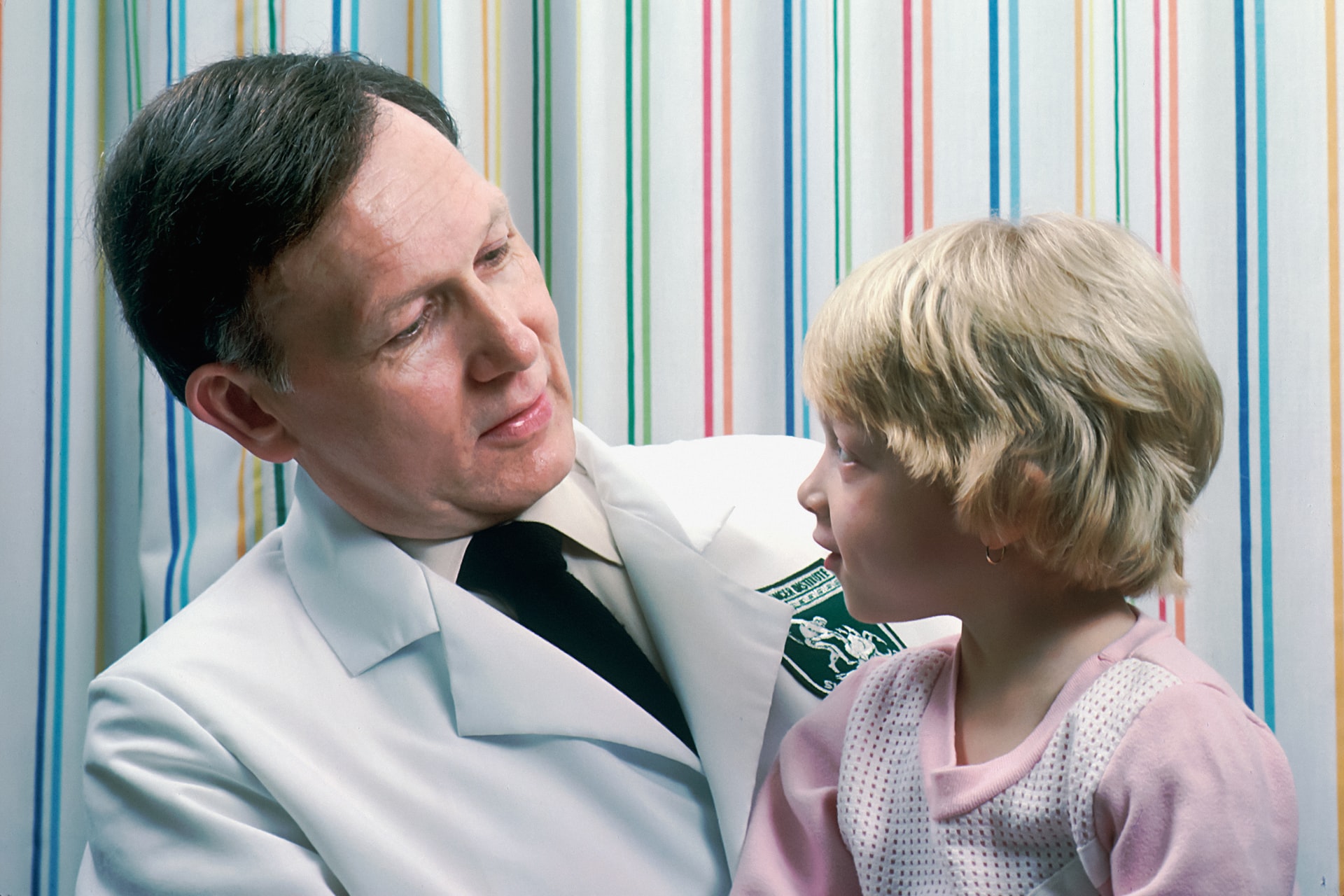Leukemia is a very common childhood cancer that can be extremely dangerous for children but there has been progress in curing this disease and an increase in child survival rates.
The most common type of leukemia in children is acute lymphocytic leukemia. Children with leukemia produce a large amount of white blood cells which are known to be involved in our immune system. This large production of white blood cells causes them to function incorrectly and reduces red blood cells and palates. It is common that children to have an acute form of leukemia. This type progresses very quickly in their body.
Another common type of childhood leukemia is acute myeloid leukemia. This cancer starts in the bone marrow and spreads throughout the body through the blood. As it does so, it stops immature blood cells from maturing into white blood cells. Some children are diagnosed with extremely rare types of leukemia, including chronic myeloid leukemia and chronic lymphocytic leukemia.
The causes of Leukemia in children
It is difficult for researchers to identify the risk factors that contribute to the development of leukemia in children. It is a well-established fact that DNA mutations in cells and chromosomal abnormalities are the root causes of leukemia. These characteristics may be passed down through families or parents who have been diagnosed with leukemia, indicating a genetic risk of this disease in children. On the other hand, researchers have not identified any other potential causes.
Preventing the development of Leukemia in children
Researchers have established leukemia clinical trials in order to explore leukemia in both children and adults and provide a greater understanding of this disease. Researchers have been able to study the most successful treatment for children by employing these trials. They have also been able to look into ways to improve chemotherapeutic medicine and make treatments as safe and effective as they possibly can be.
Researchers have discovered that keeping children away from harmful chemicals is the most effective way to help reduce the likelihood that children will develop leukemia. Additionally, researchers have found that parents should quit smoking because a harmful chemical in cigarettes causes the onset of leukemia. Children should also not be exposed to lots of X rays and radiation.
Treatments for children with Leukemia
Pediatric oncologists, who specialize in the treatment of cancer in children, are the medical professionals most often called upon to treat cases of leukemia in children. Depending on the type of leukemia that the child has, chemotherapy is the treatment option that is used the most frequently to treat children.
During the induction period of chemotherapy treatment for acute lymphocytic leukemia, the child undergoes chemotherapy and takes medication. If the child recovers well from this period of treatment, they will move on to the consolidation period of chemotherapy treatment, during which they will revive chemotherapy over the course of several months to maintain this treatment, and children take medication to control their cancer. Because children are regarded to be a risk group, they need to be administered the appropriate quantity of medication and chemotherapy, both of which are typically administered in a manner that is less intense for children.
In the case of children who have acute myeloid leukemia, they will give the child additional chemotherapy until the cancer is reduced, and then they will move on to the consolidation stage, during which the child will be given additional chemotherapy to eliminate any remaining cancer cells that could endanger the child. It is not rare that some children have a stem cell transplant during this stage.

